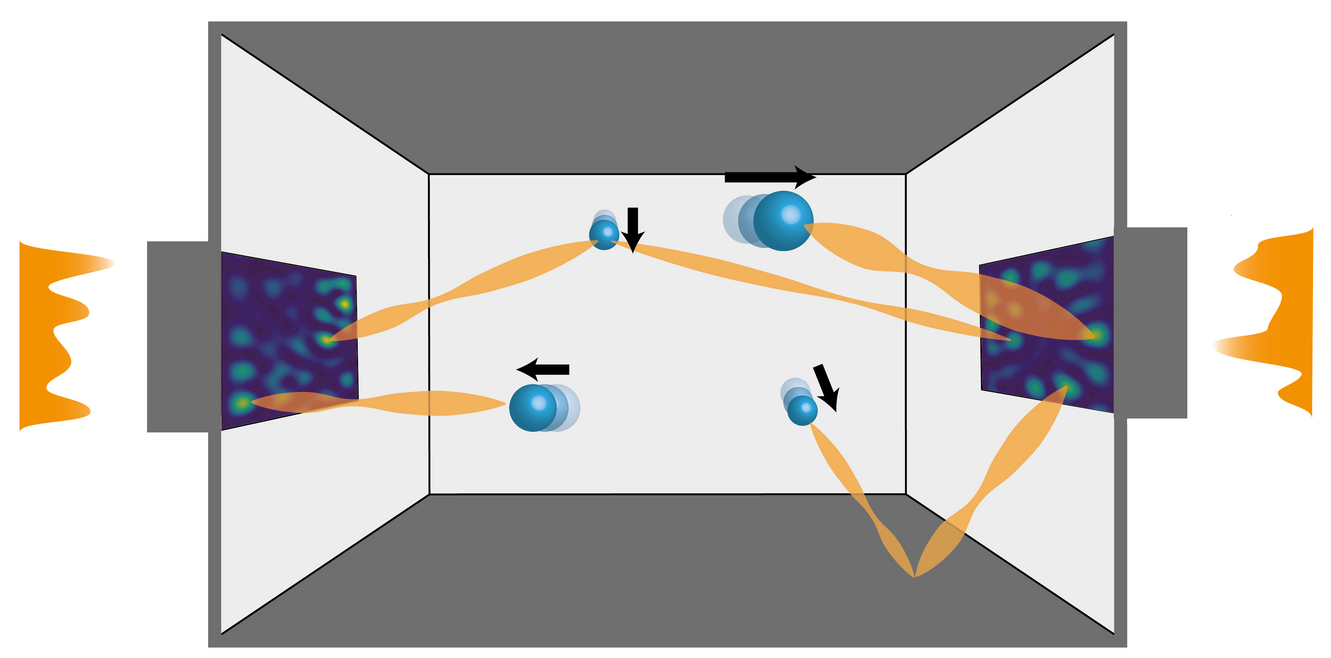As shown by a research group from Vienna University of Technology (TU Wien), tailor-made laser light fields could be utilized to decelerate the movement of numerous particles and hence cool them down to extremely low temperatures.
 Light is modified and turned into the optimal waveform to reduce the speed of particles. Image Credit: TU Wien
Light is modified and turned into the optimal waveform to reduce the speed of particles. Image Credit: TU Wien
Already, making use of lasers to decelerate atoms is a method that has been utilized for a long time: If one hopes to obtain low-temperature world records in the range of absolute temperature zero, one resort to laser cooling, in which energy has been withdrawn from the atoms with an ideal laser beam.
Such methods have recently been employed for small particles in the nano- and micro-meter range. Research has shown that this has worked well for individual particles, but if one wishes to cool numerous particles immediately, the issue becomes more challenging.
Professor Stefan Rotter and his research group at the Institute of Theoretical Physics at TU Wien have currently presented a technique with which extremely effective cooling can also be obtained in this instance.
Not Just a Beam, But a Whole Light Pattern
In laser cooling of atoms, one uses only an ordinary laser beam. However, this approach does not work for cooling nano-particles. Our trick now is to continuously adapt the spatial structure of the laser beam to the particle motion in such a way that optimal cooling is implemented at every point in time.
Stefan Rotter, Professor, Institute of Theoretical Physics, TU Wien
“With the method we have developed, you can very quickly calculate how this light pattern must look like. While the particles change their positions, you continuously adjust the light pattern and can thus continuously decelerate the particles,” added Jakob Hüpfl, who is researching this topic as part of his doctoral thesis.
Fascinatingly, to make use of the new method, there is no need for one to know where the particles are situated. Also, it is not even essential to know how many particles there are and how they tend to move. One simply sends light via the system and quantifies how this light has been altered by the particles.
In this regard, the optimal light pattern has been identified with which the particles should be irradiated at the next moment to decelerate down a bit more—until their movement “freezes” eventually. Until now, this is the only theoretical work, but experiments are already in progress.
Journal Reference:
Hüpfl, J., et al. (2023) Optimal Cooling of Multiple Levitated Particles through Far-Field Wavefront Shaping. Physical Review Letters. doi.org/10.1103/PhysRevLett.130.083203.